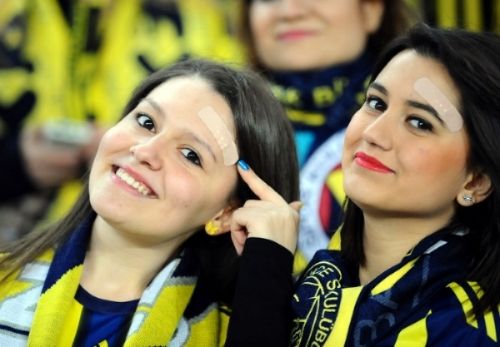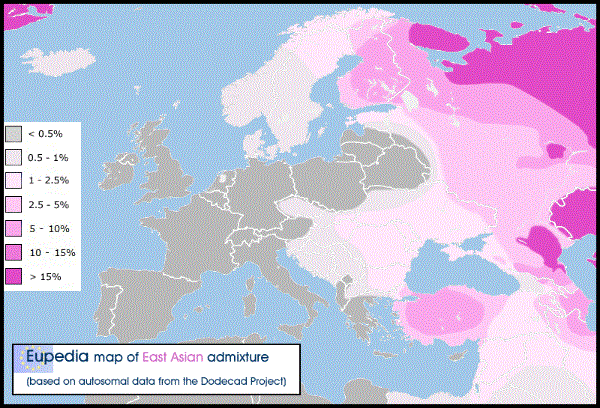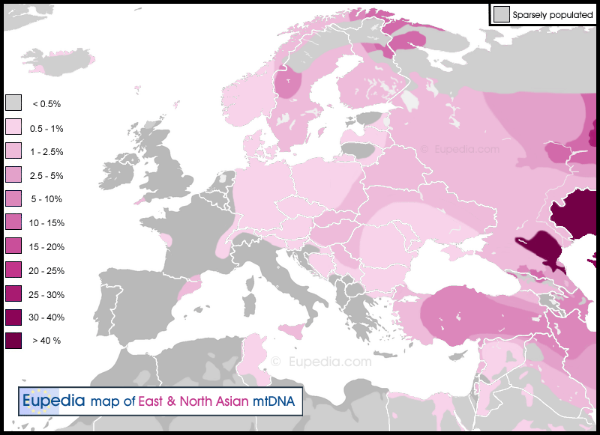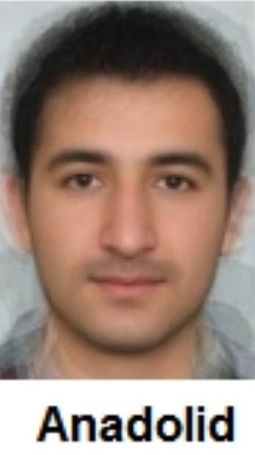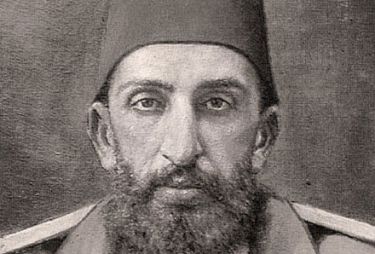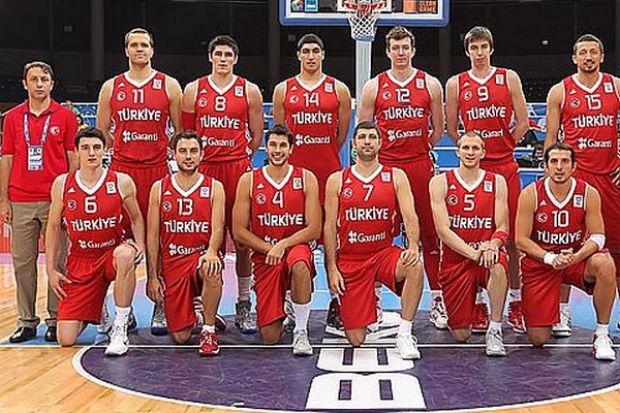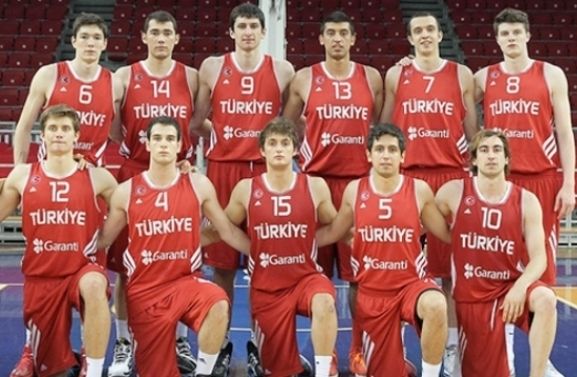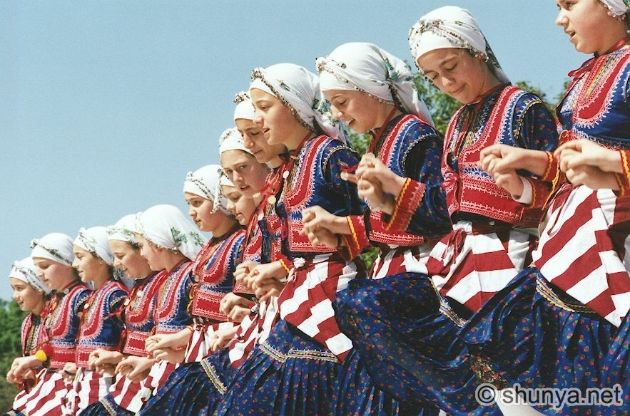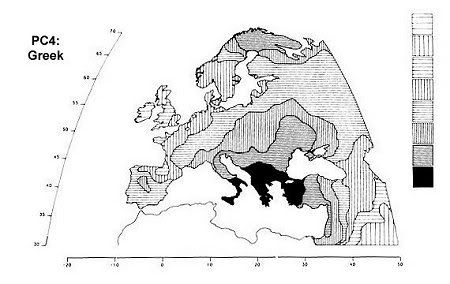Post by Admin on Nov 1, 2022 20:43:00 GMT
Aegean Med= East Med


The Cretans and the Cretan women as a whole are above average height, as in most Aegean islands. They are, mainly, mesocephals, brunette with brown eyes and light mixed eyes. Predominantly black and wavy hairs prevail. The hair is quite developed in chest, in face and eyebrows, not less than from other islands of coastal Greece. They are basically leptoprosopoi(slim faced) and leptorrinikoi(slim nosed), with "strong" facial profile. The nose is in the absolute majority of cases straight, the lips moderate, the forehead upright, or slightly sloping. They distinguished by opisthocheilia(back-lipped), they have occiput quite round and slightly development of supra-orbital ridges. For this as a whole they constitute a relatively homogeneous group of anthropological varieties from end to end of the island. These attributes classify their type to the Aegean type of the southern branch of the Europaeoid race.
"The descend of Cretans", page 107, year 1971.
1. Geographical distribution of anthropological traits in Crete shows largely uniformity across the island. The Cretans belong in their absolute majority to the Aegean type of the eastmediterranean branch of the great Europaeoid race. The spread of this type in the Aegean associated with the prosoasiatic type from which it has diversified over several thousand years. It is native type of the region and, as can be concluded by the expansion of current features in the past, associated with at least the Upper Paleolithic era.
2. The varieties that make up the anthropological type of Crete stand out, with great enough accuracy, from the anthropological types of northern Africa and, secondly, the types of the Middle East. They are closer to the type of the Aegean basin, generally, which extends to Thrace and Southern Bulgaria, in western Asia Minor and parts of the Black Sea.
"The descend of Cretans", page 127, year 1971.
3. Movements of peoples in prehistoric and historic period did not bring significant changes in the morphological features of the Cretans and the differences we observe in some parts of Crete, are coatings on the original type of the island.
"The descend of Cretans", page 127, year 1971.
The coloration of the skin:
In skin, women are whiter than men. Indeed, in the very white coloration(Nu 7 on von Luschan scale) the percentage is double than of men. In plain white (Nu 9-Nu 11) is nearly the same: 86 and 90% respectively. In the dark (Nu 12), men overmatch with 7% instead of 5% for women.
"The descend of Cretans", page 62, year 1971.
The eye color:
For the accurate determination of eye color we used the twelve stair scale of Bunak, as we did in the previous works. This is the most modern and gains ground daily in the studies of Anthropologists. The 43%, therefore, of men and 55% of women have dark eyes. That is, that, as a whole, about half of the population of Crete has dark brown eyes. The 50% of men and 41% of women have "mixed" color, that is: brown-green, gray-blue with yellow crown. The remaining 6.7% of men and 3,1% of women have blue eyes. The Cretan women, therefore, generally have darker eyes than men. From the researches we have done 'till now we found that no population group of Greece has such a high index of clear blue eyes as the Cretans (almost 7%). Even the Greeks of Marioupolis, which closely resemble the Greeks of western Asia Minor, did not pass the 6%. As a whole, therefore, Cretans are a little lighter than the other Greeks.
"The descend of Cretans", page 51, year 1971.
The Cretans during the last 6.000 at least, if not more, anthropologically are the same people until today. Maybe they received effects of various cultures and even reached there several settlers of several races during their long history, but the racial core didn't altered by all these and in their majority the Cretans remained the same racial type or types from prehistoric times until today.
"The descend of Cretans", page 12, year 1971.
Aris Poulianos.


The Cretans and the Cretan women as a whole are above average height, as in most Aegean islands. They are, mainly, mesocephals, brunette with brown eyes and light mixed eyes. Predominantly black and wavy hairs prevail. The hair is quite developed in chest, in face and eyebrows, not less than from other islands of coastal Greece. They are basically leptoprosopoi(slim faced) and leptorrinikoi(slim nosed), with "strong" facial profile. The nose is in the absolute majority of cases straight, the lips moderate, the forehead upright, or slightly sloping. They distinguished by opisthocheilia(back-lipped), they have occiput quite round and slightly development of supra-orbital ridges. For this as a whole they constitute a relatively homogeneous group of anthropological varieties from end to end of the island. These attributes classify their type to the Aegean type of the southern branch of the Europaeoid race.
"The descend of Cretans", page 107, year 1971.
1. Geographical distribution of anthropological traits in Crete shows largely uniformity across the island. The Cretans belong in their absolute majority to the Aegean type of the eastmediterranean branch of the great Europaeoid race. The spread of this type in the Aegean associated with the prosoasiatic type from which it has diversified over several thousand years. It is native type of the region and, as can be concluded by the expansion of current features in the past, associated with at least the Upper Paleolithic era.
2. The varieties that make up the anthropological type of Crete stand out, with great enough accuracy, from the anthropological types of northern Africa and, secondly, the types of the Middle East. They are closer to the type of the Aegean basin, generally, which extends to Thrace and Southern Bulgaria, in western Asia Minor and parts of the Black Sea.
"The descend of Cretans", page 127, year 1971.
3. Movements of peoples in prehistoric and historic period did not bring significant changes in the morphological features of the Cretans and the differences we observe in some parts of Crete, are coatings on the original type of the island.
"The descend of Cretans", page 127, year 1971.
The coloration of the skin:
In skin, women are whiter than men. Indeed, in the very white coloration(Nu 7 on von Luschan scale) the percentage is double than of men. In plain white (Nu 9-Nu 11) is nearly the same: 86 and 90% respectively. In the dark (Nu 12), men overmatch with 7% instead of 5% for women.
"The descend of Cretans", page 62, year 1971.
The eye color:
For the accurate determination of eye color we used the twelve stair scale of Bunak, as we did in the previous works. This is the most modern and gains ground daily in the studies of Anthropologists. The 43%, therefore, of men and 55% of women have dark eyes. That is, that, as a whole, about half of the population of Crete has dark brown eyes. The 50% of men and 41% of women have "mixed" color, that is: brown-green, gray-blue with yellow crown. The remaining 6.7% of men and 3,1% of women have blue eyes. The Cretan women, therefore, generally have darker eyes than men. From the researches we have done 'till now we found that no population group of Greece has such a high index of clear blue eyes as the Cretans (almost 7%). Even the Greeks of Marioupolis, which closely resemble the Greeks of western Asia Minor, did not pass the 6%. As a whole, therefore, Cretans are a little lighter than the other Greeks.
"The descend of Cretans", page 51, year 1971.
The Cretans during the last 6.000 at least, if not more, anthropologically are the same people until today. Maybe they received effects of various cultures and even reached there several settlers of several races during their long history, but the racial core didn't altered by all these and in their majority the Cretans remained the same racial type or types from prehistoric times until today.
"The descend of Cretans", page 12, year 1971.
Aris Poulianos.



